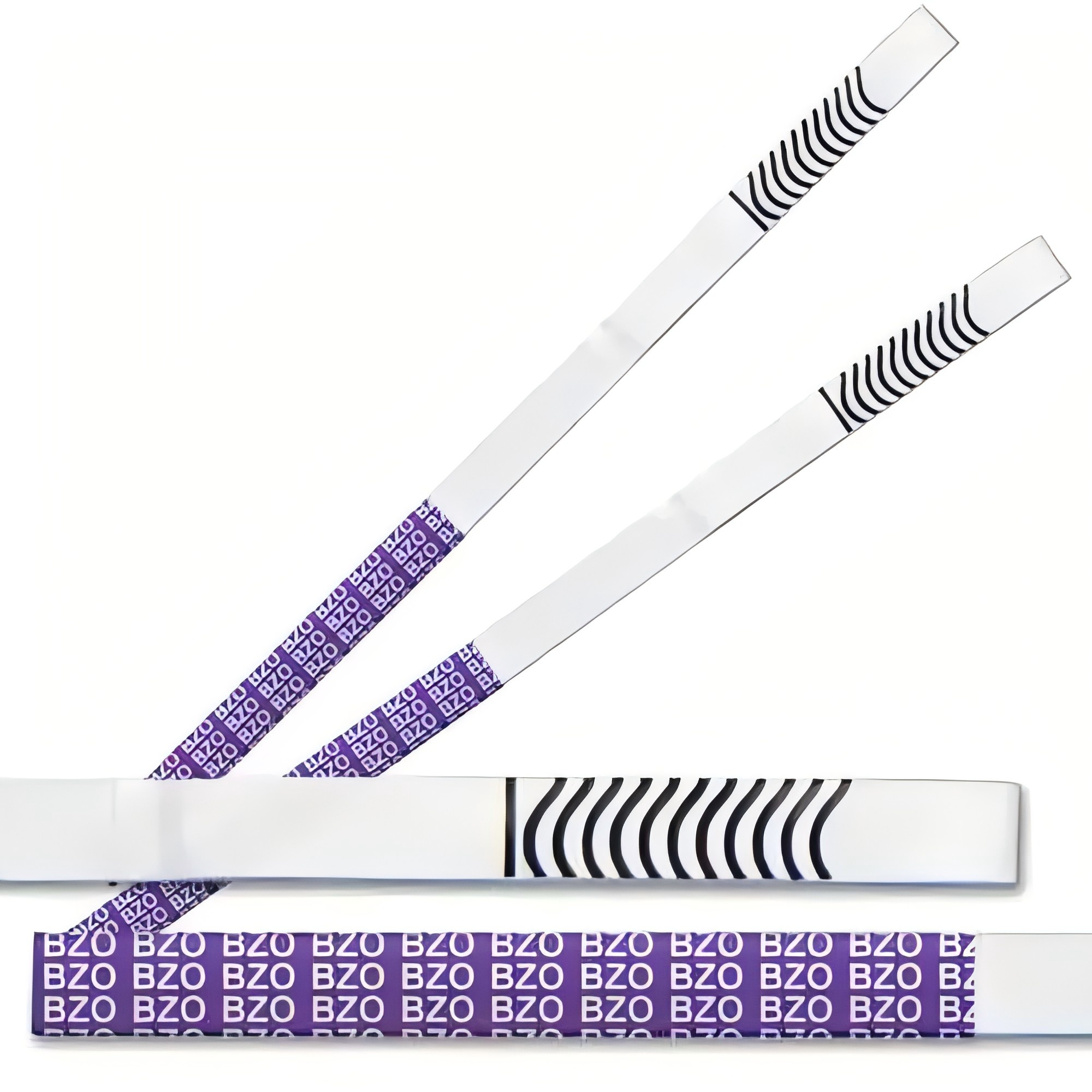Introduction to Home Drug Test Kits
In the realm of drug testing, home drug test kits have gained popularity due to their convenience and accessibility. However, the question of their accuracy remains a topic of significant concern. Understanding the nuances of these kits, including their strengths and limitations, is vital for consumers and professionals navigating the complexities of drug screening.
Qualitative Nature of Home Drug Tests
Basics of Qualitative Testing
Home drug test kits are primarily qualitative, indicating the presence or absence of certain drugs in a sample but not the concentration. This distinction means that while a test may show a positive result for a drug, it does not provide information on how much of the drug is present, which can be crucial in many contexts.
Implications for Accuracy
The qualitative nature impacts accuracy, as a positive result must be confirmed by a more quantitative method in a laboratory setting. Factors such as cross-reactivity with other substances can lead to false positives, necessitating careful interpretation of the results.
Types of Drugs Detected by Home Kits
Commonly Tested Substances
Home drug test kits typically screen for a range of drugs, including cocaine, cannabis, opiates, amphetamines, and benzodiazepines. Some kits offer broader panels, testing for additional substances, but the specific drugs detected can vary depending on the manufacturer's focus and the technology used.
Specificity and Sensitivity
The ability of a test to correctly identify the presence of a drug (sensitivity) and to exclude non-drug substances (specificity) are key performance indicators. While many common kits are designed to maximize these factors, results can still be influenced by external variables.
Factors Affecting Test Accuracy
Influence of Timing
The timing of testing relative to drug consumption is crucial. Different drugs have varying detection windows, which can affect whether a substance is detected at the time of testing. Factors such as metabolism, frequency of use, and the type of drug play significant roles.
External Factors
- Sample handling and storage, which may lead to degradation.
- Adulteration or dilution of the sample can influence outcomes.
- The precision of test administration affects reliability.
False Positives and Their Causes
Common Causes
False positives can arise due to various reasons, including interference from over-the-counter medications or certain foods. For instance, some cold medicines can mimic methamphetamine in test results. This underscores the necessity for confirmatory testing.
Confirmation Methods
Laboratories employ methods like mass spectrometry to verify positive results. This technology provides a more definitive analysis by precisely identifying molecular structures, mitigating the risk of false positives inherent in home tests.
Differences in Detection Windows
Drug-Specific Variations
Drugs differ significantly in how long they remain detectable in the body. For instance, cannabis metabolites can linger in the system for weeks in chronic users, whereas substances like alcohol clear within hours. Understanding these timelines is essential when interpreting test results.
Variable Drug Clearance Rates
Clearance rates can vary based on individual factors such as age, body mass, and metabolic rate. Consequently, a test result might not reflect recent drug use accurately if these variables are not considered.
Tampering Risks and Reliability Concerns
Potential for Sample Alteration
Tampering poses a significant threat to the reliability of home drug tests. Methods such as substituting samples or using adulterants can produce misleading results, compromising the test's integrity.
Mitigating Risks
To reduce tampering risks, comprehensive education on proper sample collection and handling is essential. Some kits now include tamper-evident features as a deterrent, although these are not foolproof.
Professional Management vs. Home Testing
Advantages of Laboratory Analysis
Laboratory testing provides an advantage through sophisticated technology and expert oversight, reducing errors. Chain-of-custody protocols ensure sample integrity, making lab results more defensible in legal and professional contexts.
Case for Professional Oversight
In scenarios requiring high accuracy, such as legal disputes or employment screenings, professional lab tests are preferable. They offer a level of reliability that home kits, due to inherent limitations, cannot match.
Choosing Between Home and Lab Tests
Factors to Consider
When deciding between home and lab tests, consider factors such as the purpose of testing, the need for confirmed results, and budget constraints. Laboratories in countries like usa offer wholesale testing solutions that can be both cost-effective and efficient.
Market Dynamics and Availability
The market offers a wide range of home test kits, including those manufactured in usa. Factory-direct purchases can provide savings and ensure that the tests are sourced from reputable producers adhering to international standards.
Conclusion on Home Drug Test Kit Accuracy
Home drug test kits serve as useful preliminary screening tools but are limited by factors affecting accuracy. While convenient and accessible, they require confirmation by laboratory methods to achieve definitive results. Understanding the specifics of each test type, including potential inaccuracies, is crucial for informed use.
Hysen Provide Solutions
Hysen offers solutions tailored to enhance the accuracy and reliability of drug testing. With a focus on innovative technology and comprehensive testing protocols, we provide both home test kits and laboratory services to meet diverse screening needs. Our products are developed to minimize errors and maximize confidence in results, ensuring that clients receive accurate and timely information. Hysen continues to lead with effective solutions grounded in scientific excellence and customer-focused service, promising reliability from production to result interpretation.

Post time: Jul-25-2025
















